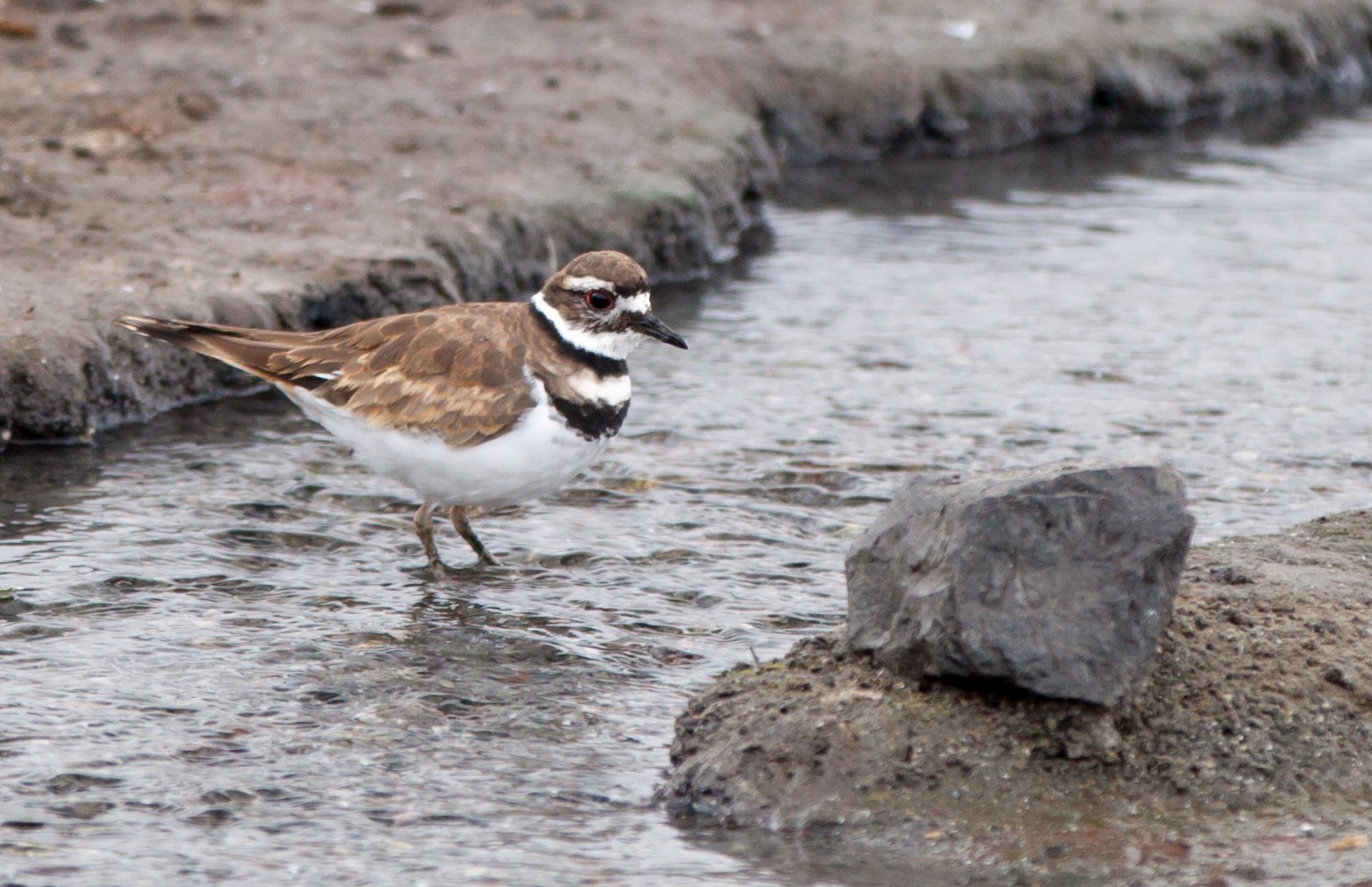Killdeer
A species of Typical plovers, Also known as Kildeer Scientific name : Charadrius vociferus Genus : Typical plovers
Killdeer, A species of Typical plovers
Also known as:
Kildeer
Botanical name: Charadrius vociferus
Genus: Typical plovers
Content
Description People often ask General Info
 Photo By Frank Schulenburg , used under CC-BY-SA-3.0 /Cropped and compressed from original
Photo By Frank Schulenburg , used under CC-BY-SA-3.0 /Cropped and compressed from original Description
This shorebird is slender and lanky, with long wings and a long tail that ends at a point. If its nest is being threatened by a predator, the killdeer is known to pretend that it has a broken wing, making itself a target in order to lure the predator away from the nest. They have the curious habit of collecting mostly light colored items to build their nests.
Size
23 - 27 cm
Life Expectancy
11 years
Nest Placement
Ground
Clutch Size
4 - 6 eggs
Incubation Period
1 - 3 broods
Number of Broods
22 - 28 days
Feeding Habits
Killdeer primarily consumes invertebrates like earthworms, snails, and various insects, including beetles and larvae. It forages opportunistically, often following plows or feeding in fields with cattle and short vegetation. Occasionally, killdeer eats seeds, frogs, and dead fish.
Habitat
Killdeer inhabit open areas throughout North and South America, favoring environments with minimal vegetation, such as sandbars, mudflats, and grazed fields. They are versatile, occupying both wetlands and urban areas, including lawns and parking lots. Their adaptable nature extends to various altitudes as they may venture into alpine meadows during migration.
Nest Behavior
Killdeer engages in creating multiple scrapes for deception, selecting one for laying. Eggs are incubated with significant parental care, with the timing and laying patterns adapted to minimize predation risk.
Nest Characteristics
Killdeer's nest is a basic scrape, usually on elevated spots in open areas, measuring about 3-3.5 inches across, containing rocks, shells, sticks, and light-colored debris.
Dite type
Insectivorous
People often ask
General Info
Feeding Habits
Bird food type
Bird Feeder Type

Ground
Sounds
Call
Recording location: United States
Call
Recording location: United States
Behavior
Killdeer exhibit a distinctive pattern of movement across dry open terrains, typically engaging in a characteristic ‘run-and-stop’ method while foraging for insects and worms. They tend to showcase a shy demeanor, preferring to escape on foot rather than by flight when approached. A peculiar trait of killdeer is their bouncing motion, reminiscent of hiccups, when they pause from movement. They are notorious for their vocal and physical distractions near their nests, often employing a 'broken-wing' act to mislead potential predators from their offspring. The species is also known for forming monogamous bonds that can last from a year to several years.
Distribution Area
The nominate subspecies of the killdeer breeds in the US (including southeastern Alaska), southern Canada, and Mexico, with less widespread grounds further south, to Panama. Some northern populations are migratory. This bird is resident in the southern half of its breeding range, found throughout the year in most of the contiguous United States. It also winters south to Central America, the West Indies, Colombia, Ecuador, and islands off Venezuela, leaving its breeding grounds after mid-July, with migration peaking from August to September. 
Species Status
Not globally threatened.